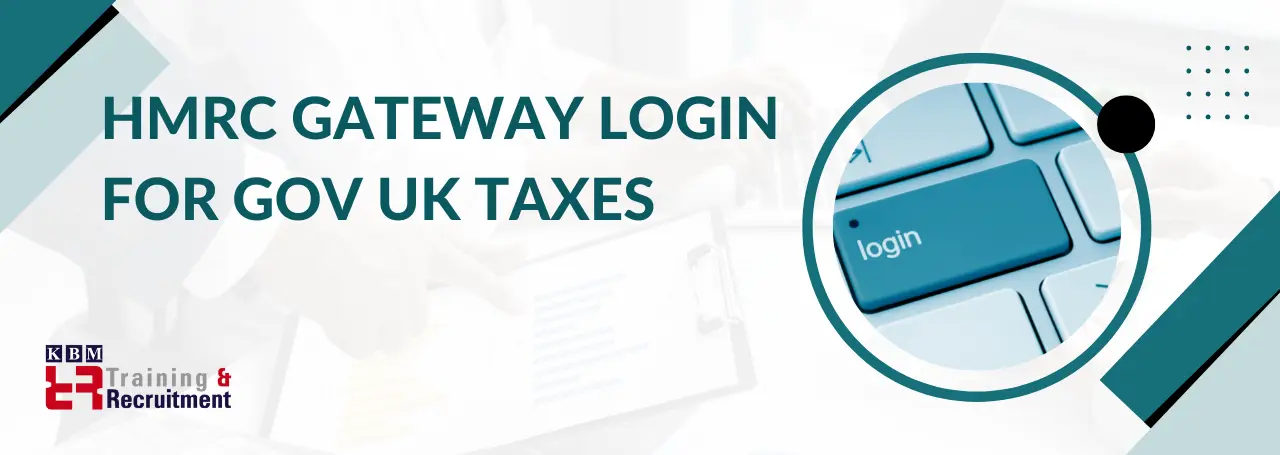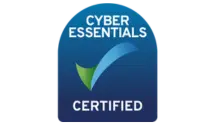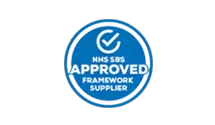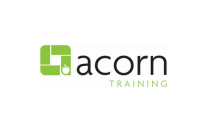As a self-employed, you must submit your Self Assessment tax return to HMRC to pay Gov UK taxes. The Self Assessment tax payment includes your Income Tax and National Insurance contribution from your profits.
This guide will adequately help you with the Six Steps in filing your HMRC Self-Assessment tax return for the first time. Also, this step-by-step guide will provide a comprehensive checklist to make your approach more robust and effective.
Further, you can also learn how to avoid making mistakes in Self Assessment tax calculation.
Step 1: Registering your Self Assessment
You must register with HMRC for the first time filing your Self Assessment tax return. HMRC's website provides an online registration facility. You will choose a category that applies to you from the following, and the processes vary:
- Self-employed
- Not self-employed
- Registering a partnership
Step 2: Obtaining UTR and Government Gateway Account Setup
Step 1 registration process completion automatically issues you with a Unique Taxpayer Reference (UTR) Number. After registering, the HMRC system will send an activation code within ten days.
You must register for Self Assessment for your online tax account, HMRC Government Gateway Account, using the activation code, which expires in 28 days. The registration process will ask for the following information to obtain your UTR number:
- Name, date of birth and address
- National Insurance Number
- Telephone number and email
- Self-employment start date
- Business address and telephone number
- Type of business
Submitting your HMRC Self Assessment tax return online requires an HMRC Government Gateway account you can create by following the instructions in your UTR. The Government Gateway account setup process sends an activation code via email to complete your registration.
It's best to ensure you can access your Government Gateway account early in the process. You must know that the operation can take up to 20 days. Hence make sure you are not leaving it until the last minute.
Step 3: Collecting the correct information
You will need your self-employment income details to include in your forms P60, P45, and P11D, showing your benefits and expenses, which the payroll system had not processed. Furthermore, it includes your P2 coding notice, explaining your PAYE tax code.
Also, before starting, you must ensure you have the following correct information for the previous tax year:
- Unique Taxpayer Reference (UTR)
- National Insurance number
- Self-employment expenses record
- Rent amount, if any
- Interest certificates received from your bank
- Overseas income detail
- Partnership income
- Dividends information, if received
- Details of all taxable benefits from the state
- Capital gains by disposing of assets details
- Gift Aid details
- Pension contributions, if any
- Details of tax payments already made in the year
Step 4: Filling information in your applicable sections
You must fill up information in the relevant section that applies to you. Here it would help if you had HMRC-recognised software to fill entries. Software like Sage and Xero help here a lot.
You can access our training courses to learn Sage, QuickBooks, and Xero, covering self-employed individuals, businesses, and landlords' HMRC Self Assessment and HMRC MTD compliance.
These software solutions are time-savers and only show the applicable sections relevant to you. Sage and Xero use your real-time information to:
- Fill up your application
- Send notifications on mistakes
- Inform about your tax reduction eligibility, if applicable
Step 5: Submitting your HMRC Self-Assessment tax return
You must fill out your HMRC Self-Assessment tax return form carefully. No need to rush. Always use the option to save it and return it if you are doing this online. Also, you must check and verify the information and edit it if needed before pressing Submit button.
The HMRC Self Assessment system automatically calculates your tax amount after you submit your tax return. After submission, the system will send confirmation and a code number. Noting this code number is essential for future reference.
Also, the delayed preparation can affect your HMRC Self-Assessment return submission must be within the deadline.
Step 6: Keeping your HMRC Self Assessment tax return record
Record-keeping, such as receipts, bank statements etc., has so much significance. For landlords or self-employed, the record-keeping time is at least five years and ten months. Also, it becomes so helpful to:
- Investigate your tax return, if HMRC chooses
- Correctly file your tax return without stress
How to avoid making mistakes in HMRC Self Assessment?
Mistakes are inevitable in business and life. On the other hand, they provide learning and improvement opportunities. The critical challenge is to avoid the repetition of errors. Most likely, mistakes usually occur when you lack knowledge and experience.
The same method applies to filling out Self Assessment tax returns as a sole trader, private residential landlord or business partner. Sometimes, mistakes in completing your Self Assessment tax return have more significant repercussions.
Suppose you enter incorrect figures can result in paying more tax than you owe. Hence, it would help if you prevented mistakes in your Self Assessment tax return. You can avoid errors with the following tips:
- Correct information use
- Improve your knowledge
- Claiming all allowed expenses
- HMRC Self Assessment early filing
- Do not rush during the completion
- Accurate detail of all taxable income
- HMRC Self Assessment return checking from Experts
We offer Sage, QuickBooks, and Xero software solutions training and learning programmes. The programmes help individuals and businesses learn how to file their HMRC Self-Assessment returns appropriately.
We have a certified expert accountants team to assist you fully. You can access our services, guaranteeing error-free tax returns with allowable expense claims. Also, you can get your Self Assessment tax return checked by our qualified accountants, ensuring complete accuracy.






















